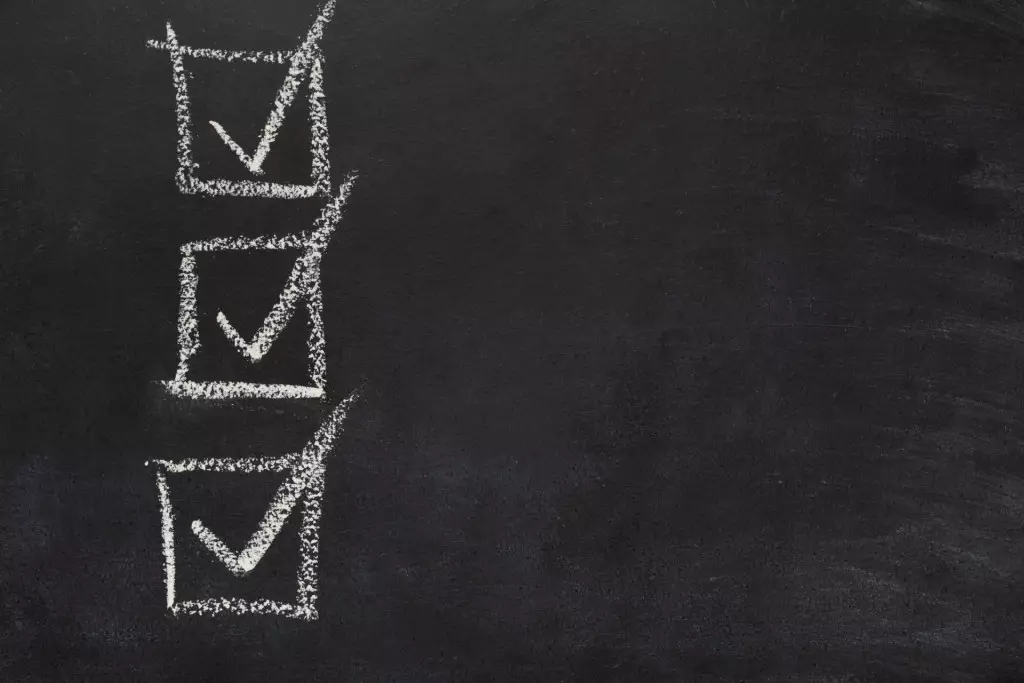Pharmacovigilance Medical Literature Monitoring Time Management Tips for 2025
- 30/12/2024
Pharmacovigilance professionals face unique challenges in managing time effectively. Monitoring medical literature, reporting adverse drug reactions, and tracking safety signals require precision and efficiency. Any delays in these tasks can jeopardize patient safety.
Medical literature monitoring (MLM) plays a crucial role in pharmacovigilance, helping to identify adverse drug reactions (ADRs), ensure regulatory compliance, and safeguard public health. However, the vast volume of publications and complex regulations can make MLM time-consuming. As we approach 2025, adopting smart time management strategies for MLM is more critical than ever. Here are some simple tips to help streamline your efforts and stay ahead in this essential task.
1. Use Smart Tools for Pharmacovigilance Medical Literature Monitoring
Technology can make MLM easier. Platforms like DrugCard help by finding articles based on keywords. This saves time by showing only the most important results.
Tip:
Don’t wait to automate literature monitoring in your company. Automation ensures you catch critical updates without extra effort.
2. Stay Updated with Regulatory Requirements
Pharmacovigilance regulations evolve frequently. Staying informed about the latest requirements can prevent wasted time revisiting incomplete tasks or correcting errors.
Tip:
Subscribe to updates from regulatory bodies such as the EMA, FDA, or WHO. Regularly attending webinars and conferences can also provide insights into upcoming changes.
3. Enhance Your Reading Strategies for Medical Literature Monitoring
Efficient reading strategies can help you quickly absorb and analyze vast data.
Tip:
Use skimming to identify key sections of articles.
Focus on abstracts, results, and conclusions.
Highlight relevant passages for quick reference later.
4. Collaborate with Your Team
MLM doesn’t have to be a solo endeavor. Sharing responsibilities among team members ensures broader coverage and reduces the burden on individuals.
Tip:
Divide the monitoring workload effectively within your team. For example, on the DrugCard platform, you can assign specific drugs, local versus global monitoring, or even regions for medical publications. This helps ensure that everyone has clear responsibilities.
5. Schedule Regular Breaks
Burnout is a real risk in the demanding field of pharmacovigilance. Allocating time for breaks can enhance productivity and decision-making.
Tip:
Use the Pomodoro Technique: Work for 25 minutes, then take a 5-minute break. Longer breaks can follow after 4 cycles.
6. Assess and Refine Your Strategies for Medical Literature Monitoring
Periodically reviewing your time management approach is essential. Identify bottlenecks and explore ways to improve efficiency.
Tip:
Conduct monthly reviews of your MLM process. Seek feedback from colleagues and consider their suggestions for optimization.
7. Embrace Continuous Learning
The landscape of pharmacovigilance is constantly changing. Staying informed about new tools and techniques can help you stay competitive.
Tip:
Consider enrolling in online courses focused on pharmacovigilance and medical literature review. These courses provide valuable insights into the latest methodologies, data analysis techniques, and best practices, ensuring you remain at the forefront of this critical field.
Conclusion
Effective time management in Pharmacovigilance Medical Literature Monitoring isn’t just about working faster – it’s about working smarter. By utilizing technology, optimizing workflows, and maintaining a balanced approach, you can confidently tackle the challenges of pharmacovigilance. In 2025, mastering these strategies will not only boost your productivity but also support safer healthcare outcomes globally.
- 08/12/2025
- Drug Safety


